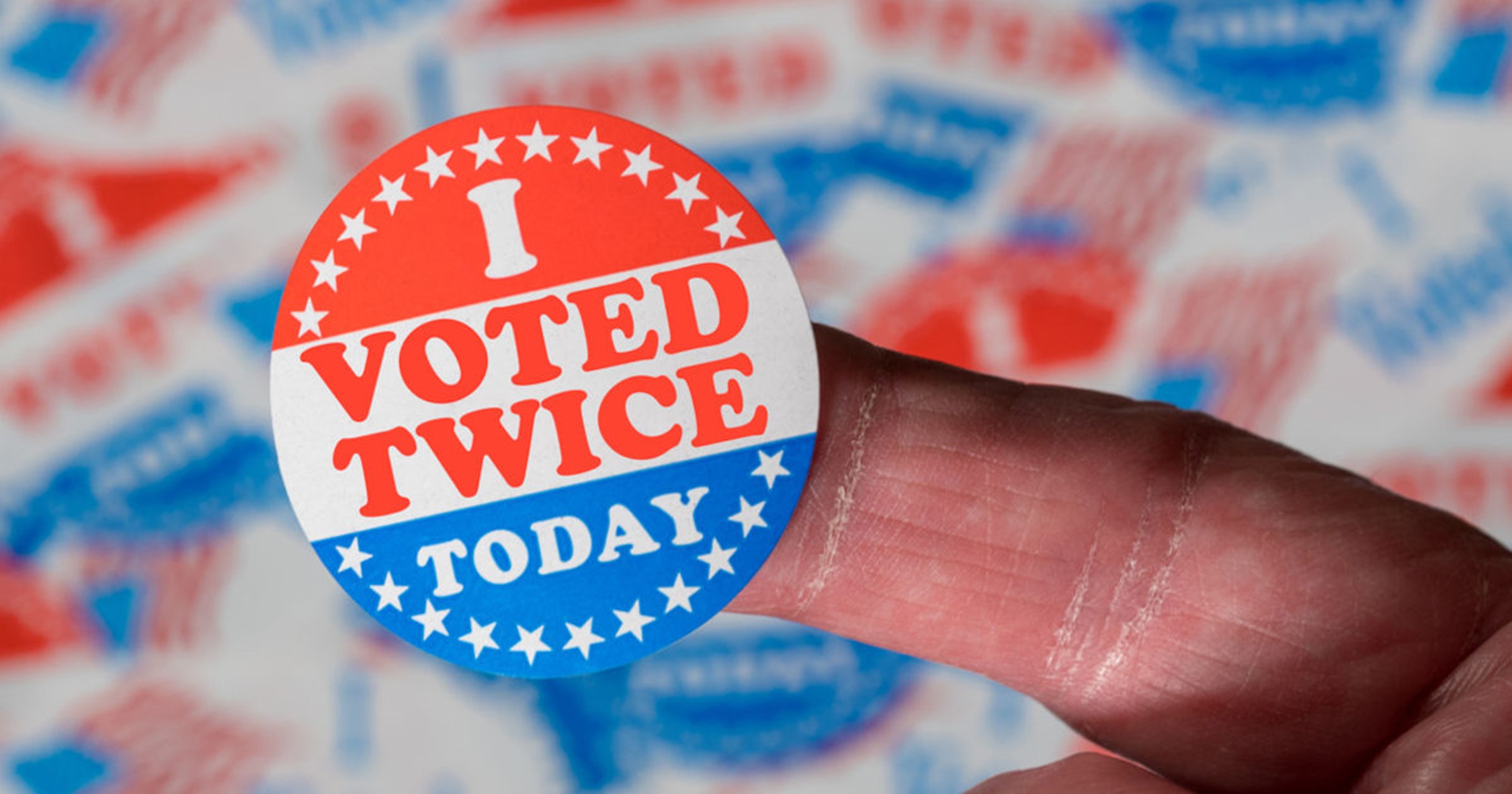
SETTLING THE CONFUSION ABOUT ERIC
By Kat Stansell
The Electronic Registration Information Center (ERIC) is advertised as a voter roll maintenance system. As such, it must serve each state in keeping their voter registration lists current, and purged of invalid and ineligible voters. ERIC charges membership fees to do so.
I will show you proof, by the numbers, that ERIC does NOT serve its member states in that capacity.
As you may know, 31* states have joined the group, and pay well for this service.
Here is the current list of states who are members of ERIC: AL, AK, AZ, CO, CT, DE, FL, GA, IL, IA, KY, LA, ME, MD, MI, MN, MO, NV, NM, OH, OR, PA, RI, SC, TX, UT, VT, VA, WA, DC, WV, and WI.
Below is a list of the 2020 voter registration numbers for the ERIC member states, expressed as total voter registration/total citizen voting age population.
Fifteen (50%) of the ERIC states, as highlighted, have voter rolls containing more registrations than their citizen voting age populations.
These numbers were taken from the U.S. Election Assistance Commission website, 2020 Election Administration and Voting Survey Report. Conveniently this report was translated into 20 languages “to expand the usability of the report.” Don’t even ask. The link is below.
If you go there, please note the blue navigation bar above the home page, which is filled with non-English translation tabs, for, apparently all the site information. Again, don’t ask.
Since we’re having fun with numbers, here are the stats from non- member states, divided into “Blue” and “Red”,.
Blue state non-ERIC members:
CA: 102.6%
MA: 96.4%
NH: 103.0%
NJ: 103%
NY: 98.8%
VT: 98.7%
Red state non-ERIC members: AR: 83.0%
ID: 84.4%
IN: 95.7%
KS: 92.3%
MS: 96.0%
MT: 92.0%
NE: 92.7%
NC: 98.7%
ND: n/a
OK: 79.6%
SD: 99.3%
TN: 88.4%
WY: 69.9%
NONE of the Red State non-members have rolls in excess of their voting age population. Fifty percent of the Blue State non-members have voter rolls in excess of their voting age populations. These are also highlighted.
The average for registrations/eligible population for ERIC members is 98.85%. This does not count the District of Columbia, which is a member, but figures were not available.
This same average, for 18 of the 19 non-member states is 92.98%. Dividing that group into Blues and Reds, we find that the 6 Blue non-member states have average rolls of 100.4%, exceeding their voting age populations. The Red non-members average 89.3%.
The numbers tell the story.
Being an ERIC member INFLATES the voter rolls, while non- members apparently do much better at culling their rolls and keeping more accurate lists.
The above numbers are publicly available and come from a government source, the USEAC, as I have reported. No one can argue that they are “conspiracy theory” stats, or right-wing disinformation.
Of course, different things impact these kinds of numbers, and they are fluid with the passage of time, but the trend is clear. Using snapshot provided by the USEAC, for the year 2020, we can see clearly.
ERIC is NOT an organization which helps states to manage their rolls. I repeat, the voter rolls of ERIC states are bloated.
ERIC membership also carries unnecessary costs for states in fees, mandate execution, and soliciting registrations, which is NOT a job to be done by state employees.
I submit that ERIC’s real purpose is to be a left-wing get-out-the-vote organization, and an intelligence-gathering AI system. It’s ostensible purpose has been debunked.
Soon, I’ll address the mantra, “we’re better with ERIC than without it…because we need to know who moved and who died.” Funny how that information could be potentially used.
Stay tuned.
*Recently, Louisiana “suspended” their membership while they are being sued for their voter rolls (which ERIC does not allow to be given out).
KAT STANSELL
Kat Stansell is the Grassroots Outreach Director for the American Policy Center. A native of Cincinnati Ohio, and graduate of Denison University, Kat served the Village of Mettawa, IL, as treasurer and chair of the Planning Commission, where she got a good look at the process of civic vs. corporate interaction. She has been a local activist, working for several candidates and organizations. She has also written for newspapers and websites, and organized events highlighting issues of the day.
Published with permission of americanpolicy.org